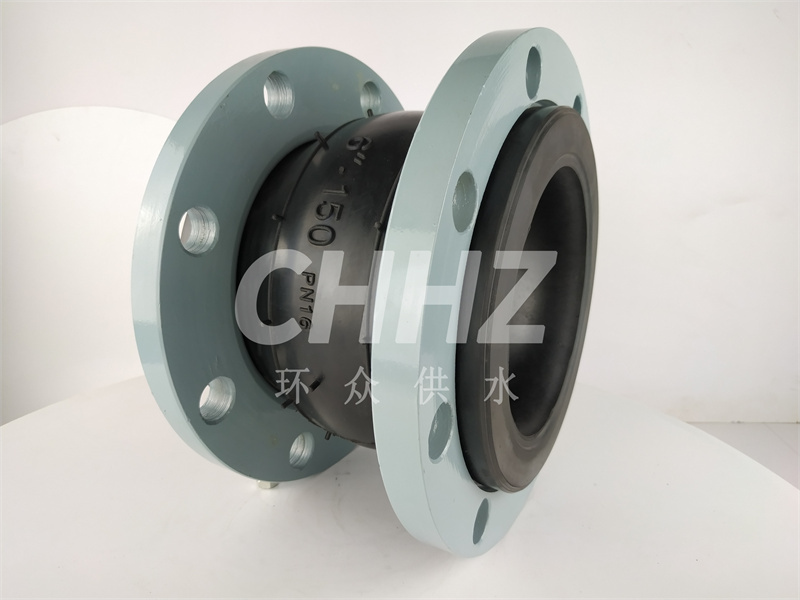Abrasion resistance rubber expansion joint wear resistance test.
In general, the abrasion resistance of the national standard rubber expansion joint is used to characterize the ability of vulcanized rubber to resist the loss of material caused by damage to the exterior under conflict. It is the result of the composition of rubber materials with various physical and mechanical properties.
Abrasion wear: national standard rubber joint products work on rough surfaces, white dry dust rubbing surface protruding sharp rough objects constantly cutting, scraping, resulting in national standard rubber joint surface local contact points are cut, ripped off into tiny particles, from the rubber surface, the formation of wear wear abrasion (also known as abrasive abrasion, abrasive wear). In the rough road speed is not high when the tread wear is dominated by this type of wear. The greater the abrasion strength, the worse the wear resistance, the abrasion strength is proportional to the pressure, and the tensile strength of vulcanized rubber is inversely proportional to the increase in resilience and decline.
When tumbling (crimping) wear rubber and smooth surface touch, vulcanized rubber appearance slightly uneven part of the conflict and deformation, tearing, damage, and in the process of tumbling from the surface of the fall. This is especially significant when the conflict and sliding speed is high and the temperature is high.
Fatigue wear: and the friction surface in contact with the vulcanized rubber surface, in the repeated friction process subject to periodic compression, shear, kyu tensile and other deformation, so that the rubber expansion joint surface layer fatigue, and gradually form fatigue micro-crack. The development of these cracks causes microscopic spalling of the material surface. Fatigue wear strength increases with the modulus of elasticity of rubber, pressure.
